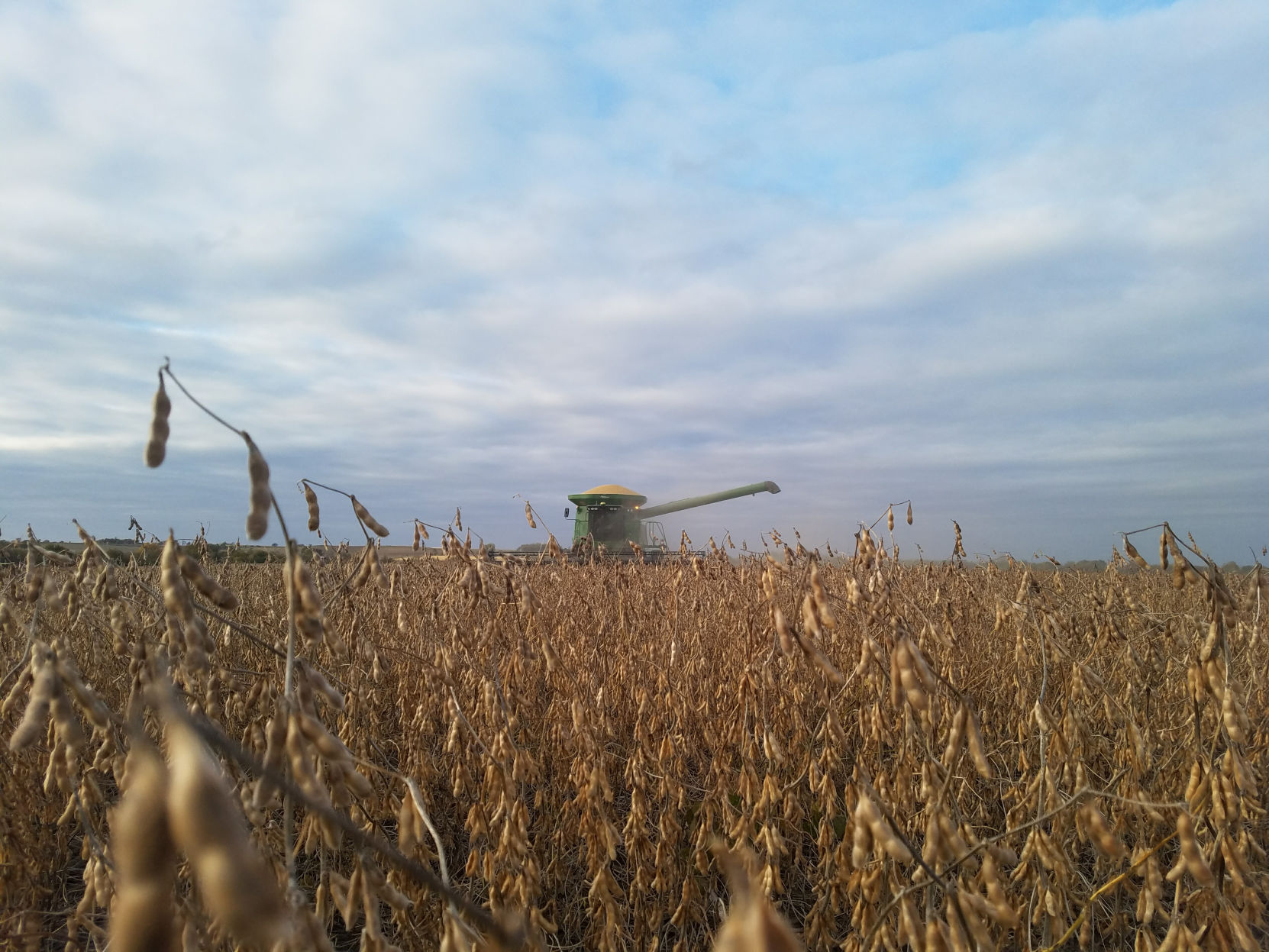Commodity market signals are always in flux. But in recent weeks, the signals for corn and soybeans have been converging in one direction.
“The market seems to be encouraging growers to sell,” said James Mintert, executive director of the Center for Commercial Agriculture at Purdue University. And rising input costs for corn are also encouraging growers to switch more acres from corn to soybeans.
At least, that was the conclusion of the experts of the Center for Commercial Agriculture at Purdue University who were responding to the Feb. 9 release of the latest World Agricultural Supply and Demand Estimates by the U.S. Department of Agriculture.
The WASDE had the month’s 2021-22 U.S. corn supply and use as unchanged relative to last month. The season-average farm price remained at $5.45 per bushel. Global coarse grain production for 2021-22 was projected at 2.7 million tons but lowered to about 1.5 million tons. This month’s foreign coarse grain outlook is for lower production and consumption, and smaller ending stocks relative to January’s report.
Nathan Thompson, associate professor of agricultural economics at Purdue University, said current corn bids in central Indiana were below storage costs, but the prices necessary to rise above them were very high. Mintert said storage costs were increasing. Thompson introduced a new chart showing prices along a river export corridor, where some corn was being loaded for export. Mintert predicted more corn would move into export markets over the next few months. The export market would be competing with Indiana ethanol plants, whose demand has remained steady. Ethanol plants are operating at full capacity, although they seem to have ample supplies, said Mintert, and are not bidding premiums.
Brazil soy pullback
Uncertainty about weather in Brazil, which is marketing its 2022 corn crop, is attracting close attention.
The WASDE increased soybean crush estimate by 25 million bushels and reduced Brazilian production estimate by 184 million bushels. Brazil’s agricultural agency reduced its own estimate by 550 million tons, a much sharper pullback than the USDA’s estimate. Some agricultural publications were reporting that low crush margins in China had led some Chinese buyers of Brazilian corn to wash out contracts and pay the penalty, or switch to U.S. contracts.
Mintert said the bid structures for soybean were similar to corn and encouraged selling rather than storing. Thompson said the current basis bids were weaker than the historical average, except in the river markets of Ohio and Indiana, where they were slightly above.
Michael Langemeier, professor of agricultural economics at Purdue, said farm input costs were up by an average of about 20% for corn and soybean growers. But those costs are greater for corn growers, making corn-to-soybean price ratios less useful this year. The increased input costs for corn are leading some growers to consider expanding soybean acres.
Mintert said the corn vs. soybean margins were better in high productivity soils, less to in soils of average productivity, where soybeans have a strong advantage. He predicted a “strong shift to soybeans” in the western corn belt. He noted a recent study by Informa that forecast a shift of 600,000 acres from corn to soybeans.
David Murray can be reached at [email protected].



